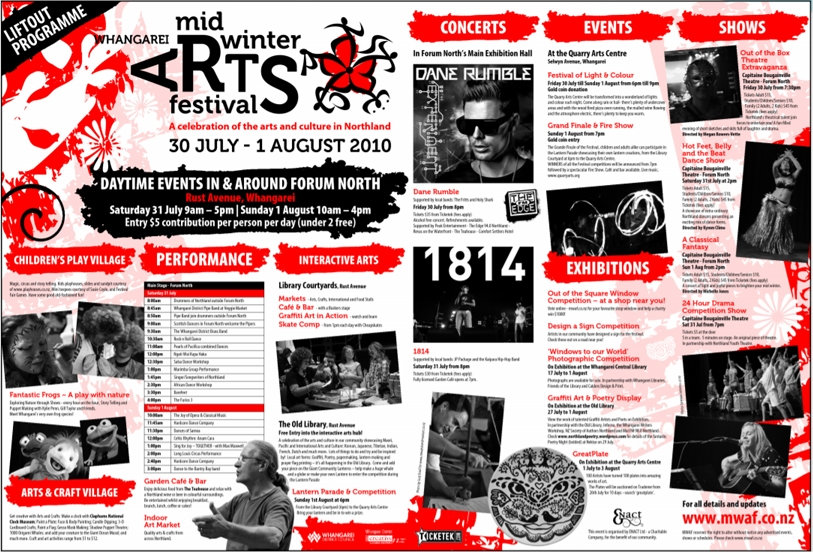Elevating Brands
Through Design
Graphic Design


Crafting Visual

Principles of Design
Balance – The distribution of visual weight in a design, either symmetrical, asymmetrical, or radial, to create stability.
Contrast – The use of opposing elements (light vs. dark, rough vs. smooth) to create visual interest and highlight key areas.
Emphasis – Drawing attention to a focal point or the most important part of the design.
Movement – Guiding the viewer’s eye through the design in a deliberate path or flow.
Repetition – Reusing elements like colors, shapes, or lines to create consistency and unity.
Proportion – The relationship in size and scale between different elements in a design.
Alignment – Ensuring elements are visually connected and placed with purpose, enhancing readability and organization.
Unity – The feeling that all parts of a design belong together, creating a cohesive look.
Variety – Using different elements and styles to add interest without disrupting unity.
